The thought of the word “Virus” is scary! We all know that a virus makes you feel sick. Have you ever wondered what a virus really is? What is this tiny “thing” that is invisible to your naked eye and gets into your body to give you chicken pox or measles? A virus is just
The thought of the word “Virus” is scary! We all know that a virus makes you feel sick. Have you ever wondered what a virus really is? What is this tiny “thing” that is invisible to your naked eye and gets into your body to give you chicken pox or measles? A virus is just a few very small molecules of DNA or RNA (molecules that have all the information on how cells should act grow and replicate). This DNA or RNA of the virus is protected with a layer of protein (molecules that do important work for cells and help to carry out chemical processes). This layer of protein protects the virus from the environment and helps it move from one cell to another.
What does a virus look like?
A virus can be one of many shapes. Some viruses look like a long narrow rod and others are oval in shape. There are viruses that look like a jewel with many faces and there are even viruses that look like soccer balls. A virus is not a cell and does not have a cell wall (A protective outer layer of the cell that gives the cell strength and structure) or a cell membrane (A layer that protects the inner fluid of a cell and allows or stops anything from going in or out of the cell). Instead the only components that make up a virus are the protein molecules around its DNA or RNA.
Virus vs bacterium- What is the difference?
Sometimes the doctor tells you that it could be a virus or bacteria (very small single-celled organisms) that are making you feel ill. How can you tell the difference between a bacterium cell and a virus?
Viruses and bacteria use different ways to multiply:
The way that viruses and bacteria reproduce (make more viruses or bacteria) is very different. A bacterial cell can split in half by itself and form two complete cells. Each of these parts has exactly the same DNA! A virus cannot make more virus particles by itself. It needs other cells, like the cells that are everywhere in your body. There are two different virus life cycles that are used to make more viruses in a cell. The first type of virus life cycle is called the lytic life cycle. The virus mainly enters your body through your mouth, nose or skin cuts. It secretly sends its DNA or RNA into a cell and it starts to control the cell so that lots more viruses can be made. The cell gets so full that it bursts open and all the new viruses go searching for another cell to enter.
The second virus life cycle is called the lysogenic life cycle. After the virus has entered your body it sends the viral DNA or RNA into a cell in your body. This DNA or RNA, that holds all the information of the virus, such as what the virus will look like and what symptoms it will cause, is hidden in that DNA or RNA. The DNA or RNA mixes with the DNA and RNA of your own cell and your cell is tricked to make many new viruses.
There is a structural difference between a virus and bacterium:
As mentioned earlier, a virus does not have many different parts, where a bacterial cell has lots of different parts. A virus is usually also much smaller than a bacterial cell.
A virus is always the bad guy:
Some bacteria can be friendly to your body, while some are bad, but viruses are all bad and can make you really sick.
There is a difference between the cure for an illness caused by a virus or a bacterium:
Medicine cannot cure a virus, but an infection or illness that has been caused by bacteria can be cured by using medicine. Have you ever had measles or chicken pox? When you have one of these illnesses, the virus causes lots of uncomfortable symptoms in your body. Once you have been infected with a virus you cannot stop the symptoms. For example, the chicken pox virus causes lots of itchy bumps to appear all over your body. The doctor can only give you something to help soothe the itchiness, but the bumps will not go away until your immune system (the fighter cells that help to protect your body against invaders) can stop the virus.
Is a Virus dead or alive?
This is a really difficult question and no one knows if you should see a virus as being alive or dead. A list of seven characteristics has been made so that you can decide if anything is dead or alive. To be alive
1. It should be able to move;
2. It should be able to grow;
3. It should breathe;
4. It should be sensitive to stimuli (for example it should react to light, touch or sound)
5. It should be able to reproduce;
6. It should excrete (get rid of waste); and
7. It should need vitamins and nutrients.
A virus needs a host cell so that it can make more viruses, outside a cell it cannot do anything. A virus does not grow, does not need nutrition, does not breathe and does not excrete or show sensitivity. It does however reproduce and move. What do you think? Is a virus alive? Does the list really tell you if something is alive or not? Share your thoughts and comments below.








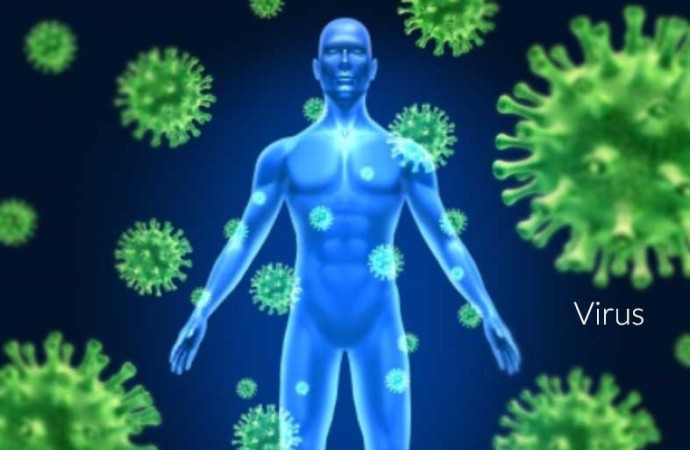


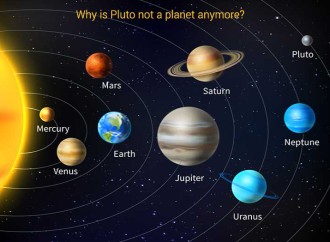




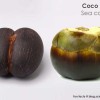











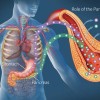





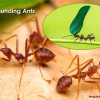













Leave a Reply